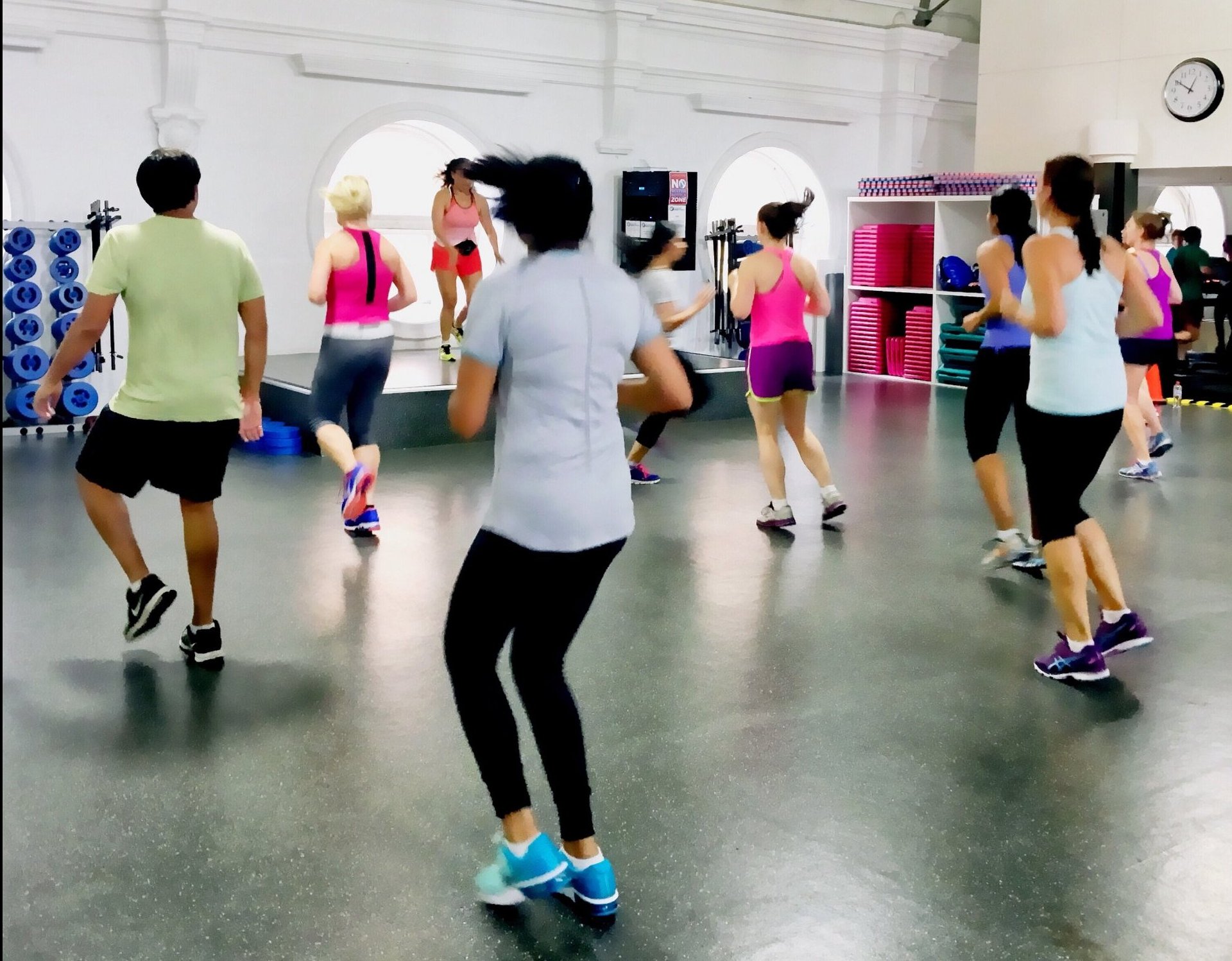Now that the nights are darker (to be frank, plenty of the day is too!), we’re focussing on ways to look after ourselves through the winter. Here we’ve compiled a list of tips and tricks to help you feel and function your best through these darker nights, whether you’re working from home or back in an office environment.
Daylight is sorely lacking right now. Daylight is the primary trigger to awaken us, the governing feature of our day-night cycle. Without it, we run on a circadian rhythm period defined by our genetics, called tau – and this may not match the day/night cycle society expects us to function within!
Getting sunlight is therefore crucial. If you work long hours, you may find that it’s dark either side of your working day, making it crucial for you to take steps to get sunlight in whilst you work.

Tips to help you get enough sunlight in Winter:
Work close to a window. That way you’ll get some vitamin D and be exposed to natural sunlight.
Get out. Where possible, take phone calls on a walk outside (offering you the opportunity for both exercise and daylight). When possible, office meetings can be conducted this way too, since research has shown that walking contributes to more creative thinking. It’s a win-win!
Light the lamp. If you’re really struggling, consider buying a lightbox or SAD (Seasonal Affective Disorder) lamp.
Walk your commute. If you’re not working from home, consider parking further from work, getting off public transport two stops earlier or walking to the nearest park to enjoy your lunch.
Get your Vit D. Top up the Vitamin D you’re lacking by eating more vitamin D-rich foods like oily fish, eggs, and mushrooms, or taking a supplement.

Exercising (especially outside) is the last thing many of us feel like after finishing work when it’s dark. But less exercise correlates with poorer physical and mental health. Even a brisk ten minute walk has been shown to increase mental alertness, energy and positivity, though, so working exercise into your day has plenty of rewards to reap. Plenty of studies have explored exercise at different levels, from strenuous to light, and for different periods of time – but low-intensity aerobic exercise (think a brisk walk, dance, gentle jog or cycle) for half an hour three to five days a week is the best way to boost your enthusiasm and alertness, as well as reaping benefits for your physical health.
Tips for fitting in exercise in Winter:
Rope in a friend. We all need to take every opportunity to socialise, and exercising with a friend is a great way to both hold yourself accountable (you’re much more likely to turn up if you’d be letting someone else down!) and catch up with a mate. Plan a night time walk with a head torch to make the most of clear nights, or fit in a 5k walk or jog at lunch time.
Create a routine. Exercise is hardest for the first couple of weeks, after the initial enthusiasm has worn off but before it becomes a habit (after around three to four weeks). Make yourself stick to your routine for the first month. That doesn’t mean you have to be tough on yourself, you just have to exercise when you’ve scheduled it. So if you’re feeling exhausted before your Monday workout, do a ten minute yoga class instead of a 30 minute HIIT class. Dreading your Wednesday run? Walk your 5km instead of jogging it. Just make sure you turn up, and establish that routine.
Workout at lunch. Many people find themselves skipping lunch, despite research proving that we are most productive when we have frequent breaks. And the darkness before and after work is severely demotivating. The best solution? Fit your workout in at lunch.
Growth Pod is a company that focuses on positive wellbeing cultures in the workplace, and here at Building Interiors we work with them to ensure our spaces work the best they can for their occupants. We thought we’d chat to the experts, asking Emma from Growth Pod for her tips on winter wellbeing – especially after the difficulties 2020 brought with it.
“For many people, work has intensified whilst they have been at home,” Emma points out. “The natural buffers and social connections we have become so accustomed to in an office environment are now missing. It’s impacting our well-being”.

Isolation compounds our natural instincts to ‘hibernate’ in winter. Isolation “allows space for the darker sides of the human psyche to intrude into our thoughts, behaviours and attitudes”, she points out. Through this loneliness, “unwelcome guests such as anxiety and depression can move in.”
In the long term, Emma wants to impress upon office owners the weight of their decisions. “Shutting office doors permanently could be devastating,” she suggests, “not only to the well-being of your staff but also to your business.” And for those ready and raring to reopen office spaces? “We now have the opportunity to design the architecture of a new workplace”, she enthuses – “one that allows for social connection, creativity, innovation and growth”.
For now, though? Whilst plenty continue to wrestle with working at home through these darker months, Emma’s top tips and aimed at employers as well as employees, and include:
Embed micro-connections. “With the natural social buffers gone, we must deliberately recreate and reintegrate them”, she suggests. “Try ideas such as Lunch and Learn, Coffee and Connect, or informal happy hours”.
Consciously check-in. “When we’re in an office it’s easier to see when someone is out of kilter”, Emma highlights. “Take time to ask people how they are and what they may be struggling with.”
Give explicit permission to rest. “With natural buffers gone, what we would normally achieve in an eight-hour working day can be produced in less time, with the increase in focussed attention we gain from working alone”. As an employer, encouraging staff to move and be outdoors is vital for wellbeing.
Leverage support groups. Existing or new, specialist support groups are crucial for a time of different and exacerbated needs.
Develop a list of support resources. These can be internal (such as well-being sidekicks, mental health first aiders or counsellors – contact us if you have any training requirements) – or external, such as Samaritans, Mind, domestic violence charities, and specialist support networks for example for LGBTQIA+ or faith. Everyone should have access to the vital services they may need.
Communicate. “Providing up-to-date information in the right way at the right time can boost motivation and create a sense of inclusion”, she stresses. Regularly communicate, even if there is no major update to share.